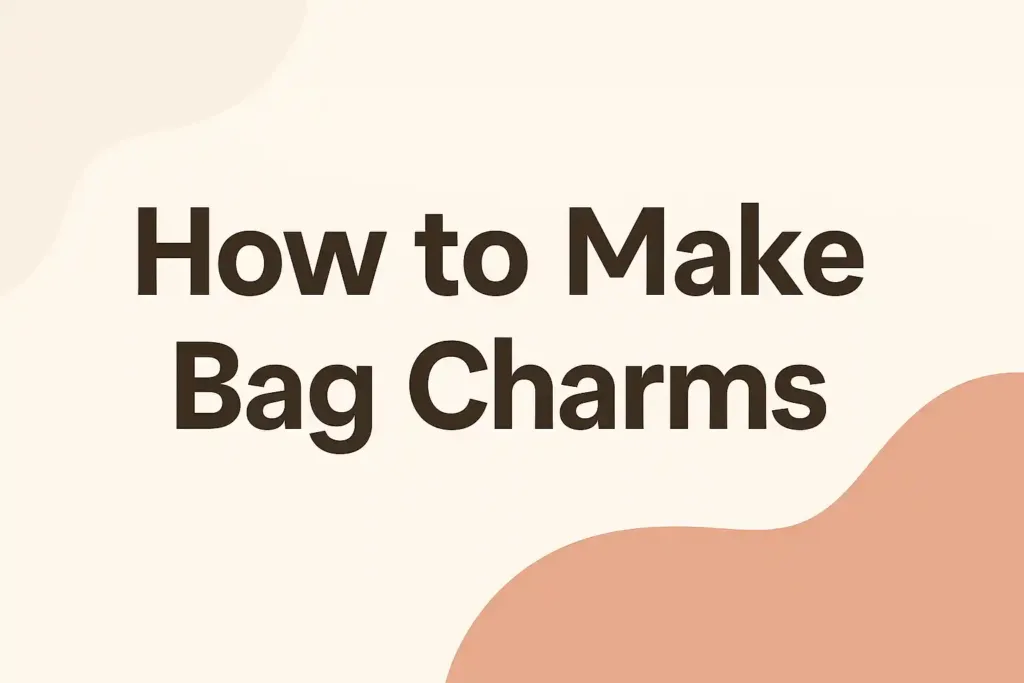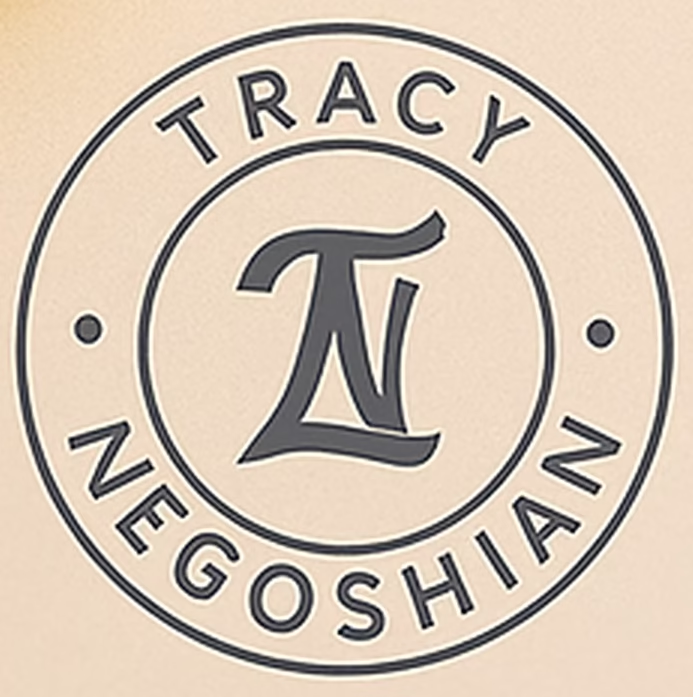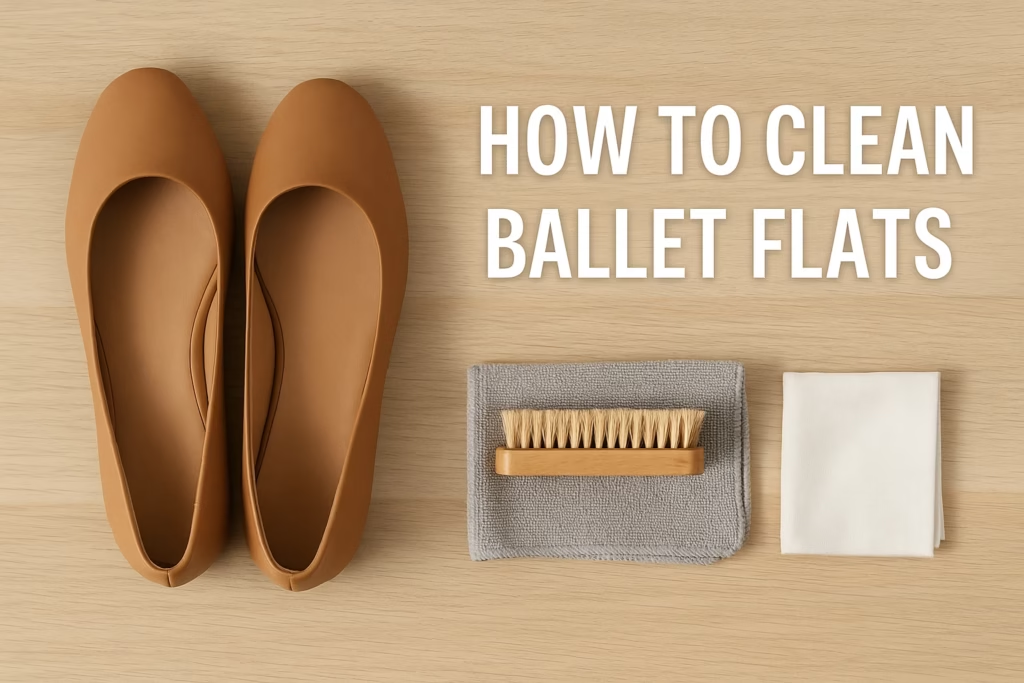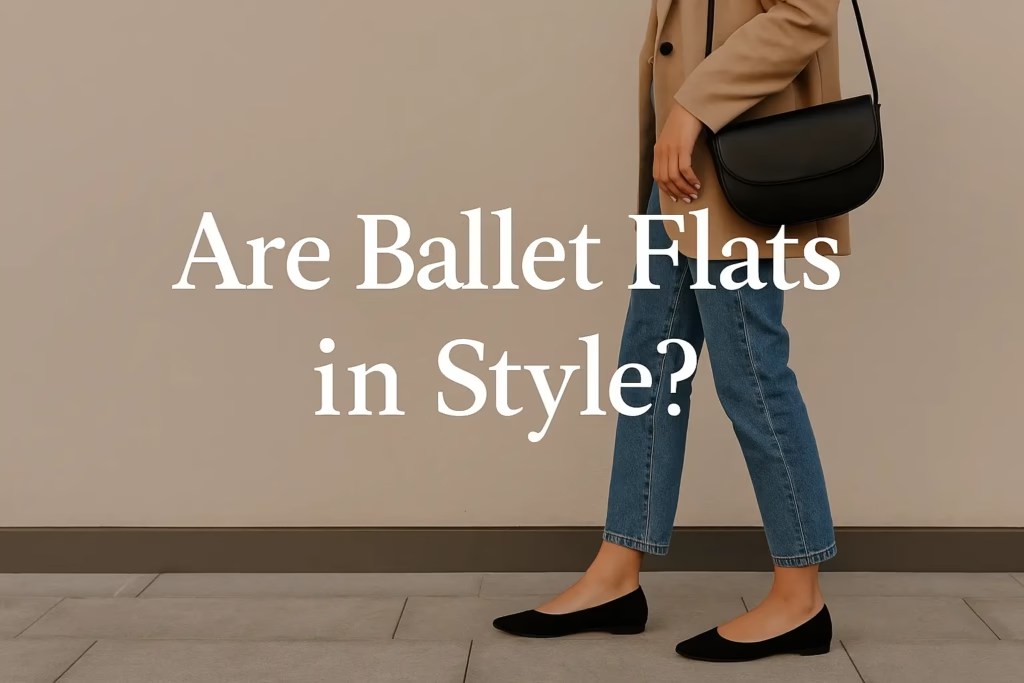Is Cider Fast Fashion ? The Truth About That Trendy Brand
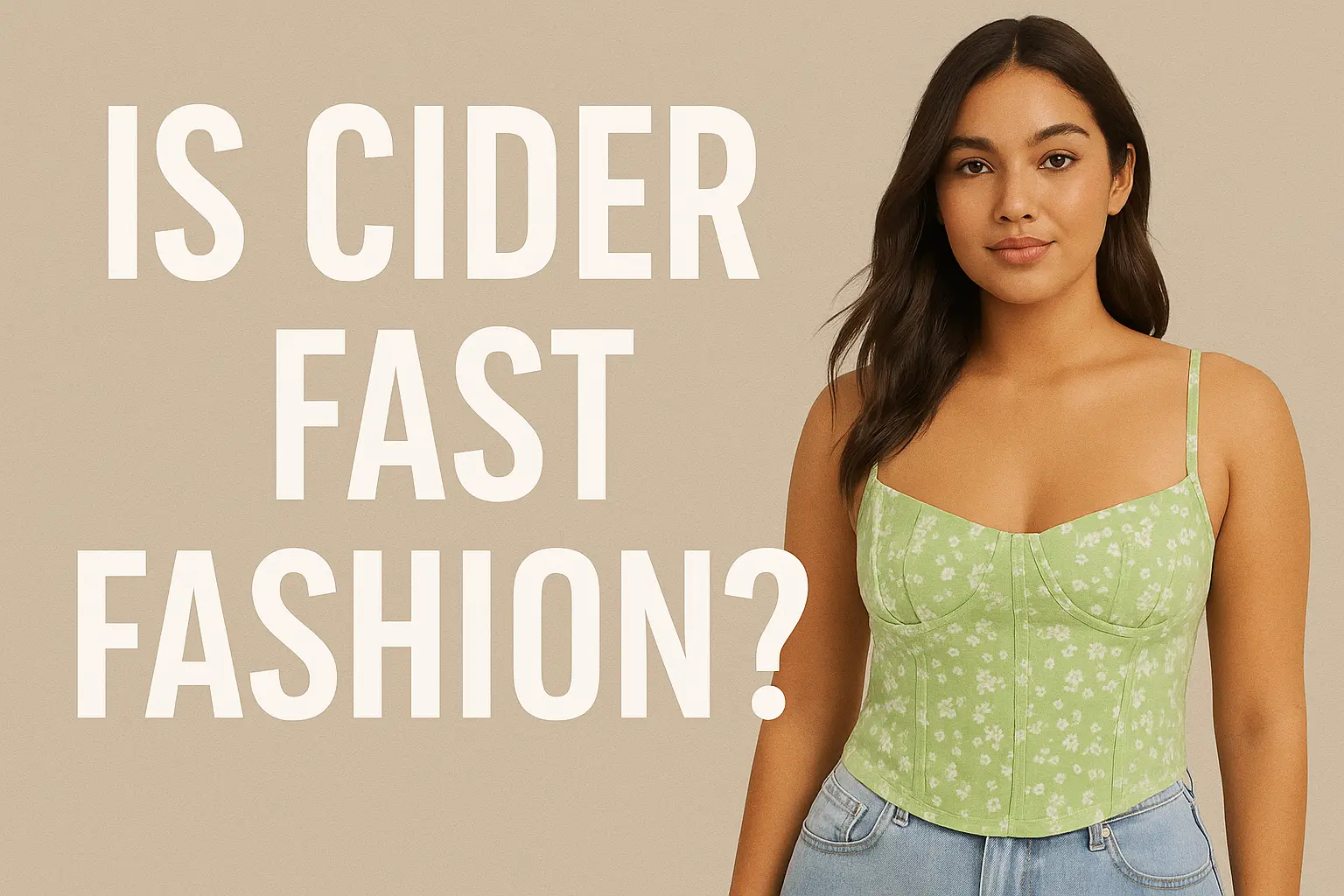
Introduction
Cider has blown up on TikTok and Instagram over the last couple of years. The brand looks stylish, affordable, and super approachable. But there’s a big question hanging in the air: is Cider fast fashion?
Fast fashion is a term people throw around a lot these days. It’s linked to cheap clothing, questionable labor practices, and serious environmental harm. So when a new brand like Cider pops up with cute tops and trendy dresses, people want to know if it’s different or just another name in the fast fashion cycle.
In this article, I’ll break it all down like I’m explaining it to a friend. I’ll cover what fast fashion means, what Cider is all about, whether it’s ethical, where the clothes are made, and how it stacks up to brands like Shein, Zara, and sustainable alternatives. By the end, you’ll have a clear picture of whether Cider is fast fashion, if it’s worth your money, and what to consider before hitting “add to cart.”
What Is Fast Fashion?
Fast fashion is the business model of creating clothes fast, cheap, and in huge volumes. Think of it as the McDonald’s of clothing. Brands look at runway shows or viral TikTok trends, copy them in weeks, and then sell the styles at a fraction of the cost.
The features of fast fashion are easy to spot:
- Low prices that make items feel disposable.
- Speedy turnaround where new collections drop constantly.
- Synthetic fabrics like polyester that are cheap to make.
- High volume production that prioritizes quantity over quality.
This model exploded in the 2000s when brands like Zara and H&M started producing clothing at breakneck speed. The rise of Shein made it even more extreme, turning out thousands of new products every week.
The problem? It wrecks the planet. Fashion is one of the most polluting industries worldwide. Synthetic fabrics shed microplastics that end up in oceans. Cotton farming consumes massive water supplies. And billions of clothing items end up in landfills each year. The Environmental Impact of Fashion explains just how damaging this cycle is.
Then there’s the ethical side. Fast fashion often relies on overseas factories where workers get paid very little and labor conditions are questionable. Many brands hide behind lack of transparency, which keeps customers from knowing how clothes are really made.
So when people ask “is Cider fast fashion,” they’re not just wondering about style. They’re really asking: does this brand follow the same harmful cycle, or does it do things differently?
What Is Cider Clothing?
Cider is a clothing brand that launched in 2020. It was founded by a group of friends who wanted to create a fun, accessible online store that delivered trendy pieces at budget-friendly prices. Cider built its presence entirely online, and it owes much of its fame to TikTok. Influencers and everyday shoppers post “Cider hauls,” and those videos quickly rack up views.
The brand calls itself a “social-first” fashion retailer. Instead of relying on seasonal collections like traditional brands, Cider drops items based on trends spotted online. Their website even organizes pieces by “moods,” like “romantic” or “casual,” which appeals to Gen Z’s playful, aesthetic-driven approach to fashion.
Pricing is a huge part of their appeal. Tops often sell for $10 to $20, and dresses rarely cross the $40 mark. That’s right in line with fast fashion competitors. They also offer a broad size range, going from XXS to 4XL. Plus-size reviewers have praised Cider’s inclusive sizing, which is something many fast fashion brands fail to do.
But what about their claims of being different? Cider has hinted at sustainability efforts, like making clothes “on demand” and shipping with biodegradable bags. They present themselves as more thoughtful than Shein, but without full transparency, it’s hard to know how much is real versus marketing.
Cider’s fun branding and low prices make it look like a dream for fashion lovers. But once you peel back the surface, you start to see why people are asking if this bubbly, social media-friendly brand is just another fast fashion company.
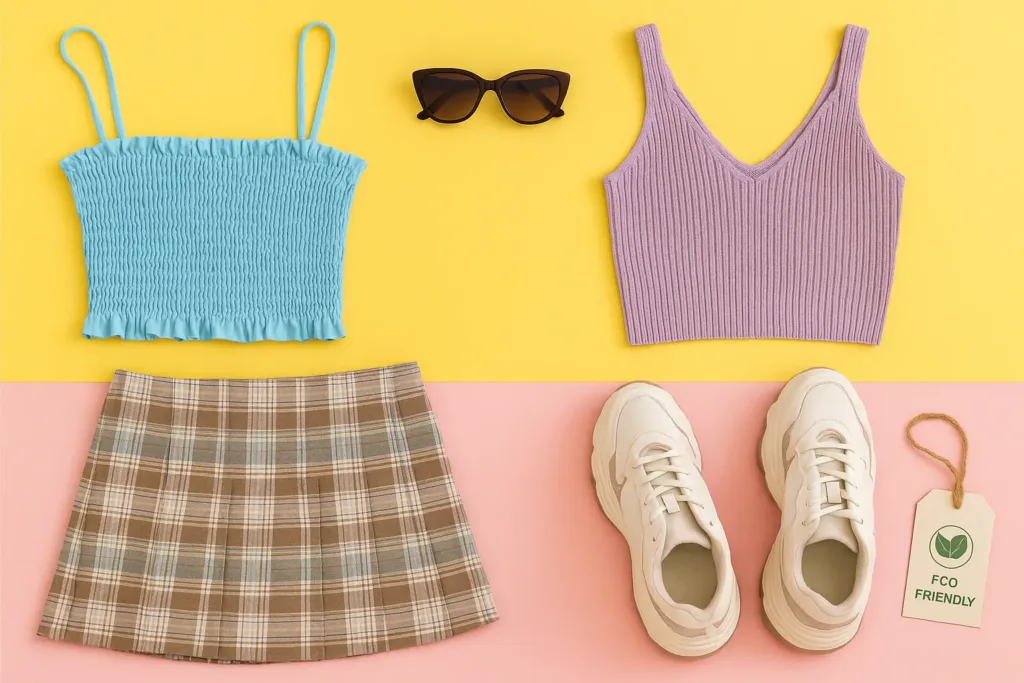
Is Cider Fast Fashion?
Let’s get straight to it: yes, Cider is fast fashion.
Here’s why:
- Low pricing: Most of their clothes fall under $40. That’s a red flag because sustainable fabrics and fair labor practices simply cost more.
- Rapid production: New pieces drop frequently, and they’re designed to keep up with microtrends that vanish in months, if not weeks.
- Synthetic fabrics: Many Cider items are made with polyester, rayon, and spandex. These are petroleum-based fibers linked to high emissions and microplastic pollution. Good On You even gave Cider a “Very Poor” rating for sustainability.
- Lack of transparency: The brand doesn’t publish supply chain details or factory audits. That silence is typical of fast fashion.
- Marketing approach: They rely on viral moments, influencer hauls, and heavy TikTok promotion. This fuels impulse buying, another fast fashion trait.
Some folks argue Cider is a “slower” version of fast fashion because it claims to use on-demand production. That means they produce only after receiving enough demand. But without numbers or data, it’s impossible to prove. Even if true, the cheap fabrics and fast-paced trend chasing still align it with the fast fashion model.
So if you came here looking for a quick answer: Cider is a fast fashion brand. It might dress up the label with eco-friendly buzzwords, but the fundamentals don’t change.
Where Are Cider Clothes Made?
Cider is based in Los Angeles, but the majority of their clothing is produced in China. That’s not unusual—most fast fashion brands rely on Chinese factories due to lower costs and rapid manufacturing capability.
The tricky part is transparency. Unlike some brands that publish at least partial factory lists, Cider doesn’t provide details on where exactly the clothes are made, who makes them, or what conditions are like. According to The Sun, the company has confirmed production takes place in China, but beyond that, it’s vague.
Transparency matters because China has a mix of high-standard and low-standard factories. Some may treat workers fairly, but others may not. Without audits or reports, there’s no way for consumers to judge Cider’s ethical standards.
Cider also doesn’t clarify whether they use subcontractors. Many fast fashion brands outsource orders to multiple suppliers, which increases the risk of labor abuses. Vogue Business has pointed out that Chinese digital-first brands often rely on these networks to scale quickly.
So where are Cider clothes made? Mostly China, in undisclosed factories. That lack of detail is exactly why people question the brand’s ethics.
Is Cider Ethical?
Now let’s talk ethics. Ethical fashion means fair wages, safe conditions, and responsible production. Unfortunately, Cider doesn’t offer much evidence that it’s ethical.
The brand doesn’t release factory audits, wage information, or supply chain transparency reports. Compare that to brands like Everlane, which openly shares their factory partners and costs. Cider doesn’t give you anything to work with.
Good On You rated Cider “Very Poor” because of its use of virgin polyester and lack of credible information about worker treatment. Eco-Stylist also notes that Cider doesn’t provide meaningful evidence of ethical practices.
Some people give them credit for avoiding fur and leather. But they still use wool, and they don’t explain how it’s sourced. That raises concerns about animal welfare.
On the consumer side, there are scattered Reddit threads where shoppers ask if Cider is sustainable or ethical. The consensus? No. One comment summed it up: “They’re basically Shein with better branding.” That might be blunt, but it rings true.
Ethics in fashion aren’t just about fabrics—they’re about people. And when a company refuses to show how their workers are treated, the safest assumption is that the conditions aren’t good.
Is Cider Sustainable?
Cider markets itself as more eco-friendly than the average fast fashion brand. They highlight their on-demand production model, biodegradable shipping bags, and small recycled collection. Sounds good, right? Let’s look closer.
- Fabrics: The majority of items are polyester, spandex, rayon, and other synthetics. These are linked to oil production, high emissions, and microplastic pollution.
- Recycled collection: Cider has a “Recycled Cider” section, but the items often mix recycled polyester with new polyester. That still creates environmental strain.
- Biodegradable bags: In 2022, Cider started using biodegradable d2w bags for packaging. That’s a step forward, but packaging is a tiny slice of a fashion brand’s footprint.
- Greenwashing concerns: L’Officiel Singapore has suggested that Cider’s eco claims border on greenwashing because they don’t provide measurable impact data.
The reality is, sustainable fashion takes a lot more than recycled packaging. It requires transparency, eco-friendly materials like organic cotton, and serious waste reduction. The Roundup flat out states that Cider fails to meet those benchmarks.
So while Cider tries to soften its image with sustainability claims, the evidence points to it being unsustainable. At best, it’s slightly less wasteful than Shein. But that still doesn’t make it a sustainable fashion brand.
How Does Cider Compare to Other Fast Fashion Brands?
This is where things get interesting. Let’s compare Cider to some major players.
Cider vs Shein: Both are digital-first brands producing cheap, trendy clothes out of China. Shein is much larger, with thousands of new pieces dropping every week. Cider produces fewer items and markets itself with a friendlier, “aesthetic” image. Still, the core model is similar.
Cider vs Zara and H&M: Zara and H&M rely on physical stores and slightly slower production cycles, but they’re still fast fashion. They also publish more supply chain information than Cider. In some ways, Cider is less transparent than the “older” fast fashion giants.
Cider vs Sustainable Brands: Compare Cider to a brand like Reformation or Patagonia and the differences are clear. Sustainable brands invest in eco-friendly fabrics, fair labor, and transparent supply chains. Cider doesn’t. It’s cheaper, yes, but the cost is pushed onto workers and the planet.
So while Cider positions itself as a playful, social-media-driven brand, its DNA looks very similar to other fast fashion companies. The main difference is branding.
Is Cider Good Quality?
Here’s where Cider gets a bit of praise. For the price, many customers say the quality is decent. Cosmopolitan tested several items and found them stylish and wearable. Pieces fit true to size more often than expected, and designs matched what was pictured online.
That said, don’t expect durability. Some buyers mention seams unraveling, thin fabrics, or wrinkles after washing. These clothes are designed for short-term use, not long-lasting wear. Think festival outfits, party dresses, or casual tops that you wear a few times.
One InStyle reviewer praised Cider’s plus-size range for being cute and actually flattering. That’s rare in fast fashion. But she also noted occasional issues like zipper misalignment and flimsy stitching.
So is Cider good quality? For $20 to $30 per item, it delivers about what you’d expect. It’s better than some rock-bottom fast fashion brands, but not built to last. Buy it knowing you’ll get trendy, Instagram-ready looks—not investment pieces.
Should You Buy From Cider?
This is where personal choice comes in. Let me break down the pros and cons.
Pros:
- Affordable prices.
- Fun, trendy styles perfect for social media moments.
- Broad size range, including plus sizes.
- Decent quality for the price.
Cons:
- It is fast fashion.
- Limited transparency on ethics.
- Mostly synthetic fabrics.
- Short lifespan for clothes.
So should you buy? I’d say yes if you treat it as a fun splurge. Grab a cute dress for a party or a trendy top for photos. But don’t rely on Cider for everyday basics or long-term staples. If you care about sustainability, balance Cider purchases with secondhand shopping or investment in higher-quality brands.
Alternatives to Cider Clothing
If you like Cider’s vibe but want something more ethical or sustainable, you have options.
- Reformation: Stylish, trendy, and focused on sustainable fabrics.
- Everlane: Simple, timeless basics with full supply chain transparency.
- Patagonia: Outdoor wear that’s durable, eco-conscious, and highly transparent.
- Thrifting apps: Depop, Poshmark, and ThredUp are great for finding trendy pieces secondhand.
If affordability is key, secondhand is your best bet. You get unique pieces, save money, and keep clothes out of landfills.
FAQs About Cider
Is Cider fast fashion or not?
Yes, Cider is fast fashion.
Is Cider ethical or sustainable?
No. They lack transparency and mostly use synthetic fabrics.
Where are Cider clothes made?
Primarily in China.
Is Cider like Shein?
Yes, though smaller in scale.
Is Cider good quality?
It’s decent for the price, but not long-lasting.
Conclusion
So, is Cider fast fashion? The answer is yes. They sell cheap, trendy clothes quickly, use synthetic fabrics, and don’t provide supply chain transparency. They do offer size inclusivity and decent quality for the price, which sets them apart a little. But overall, the brand fits into the fast fashion category.
If you shop at Cider, do it with awareness. Enjoy the trendy pieces but mix them with sustainable purchases or secondhand finds. That way, you keep your wardrobe stylish without fueling too much waste.
Fashion should be fun, but it doesn’t have to come at the planet’s expense.
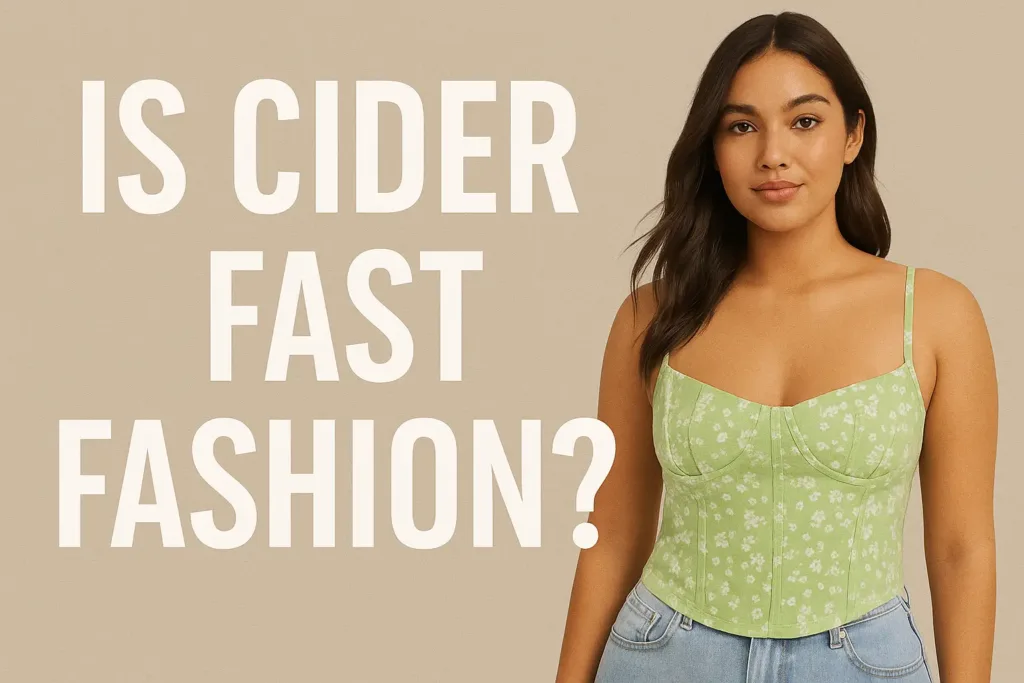
Is Cider Fast Fashion ? The Truth About That Trendy Brand
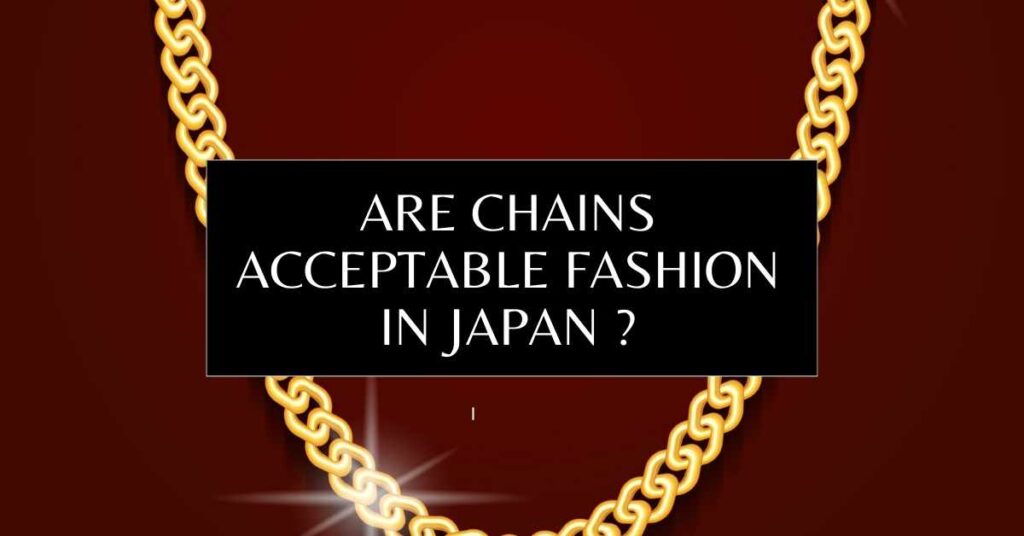
Are Chains Acceptable Fashion in Japan ?
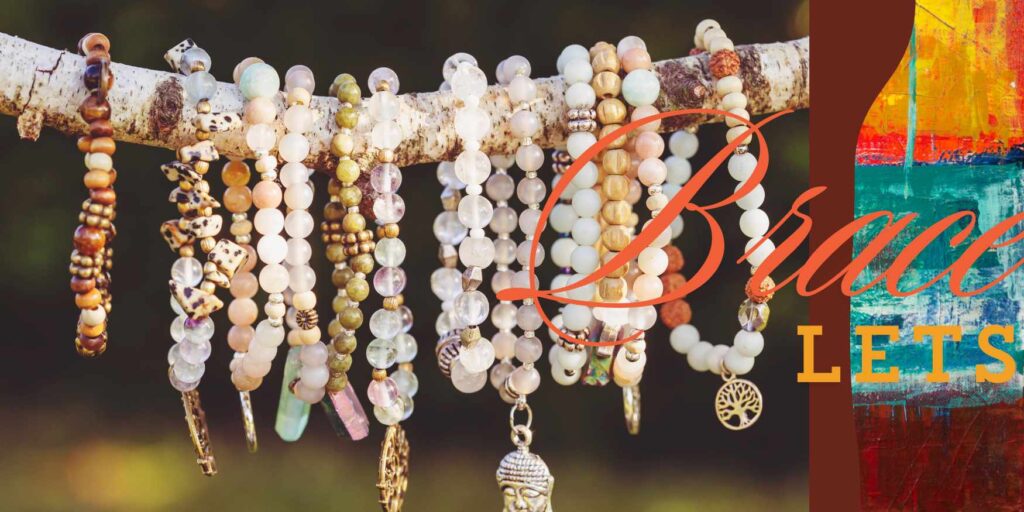
Choosing the Perfect Fashion Bracelets for Women

Vacation Dresses for Women: Effortless Looks for Every Destination
